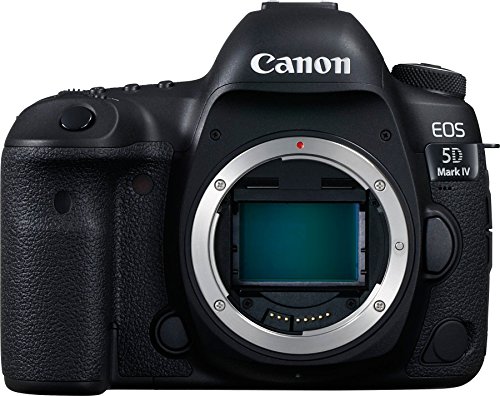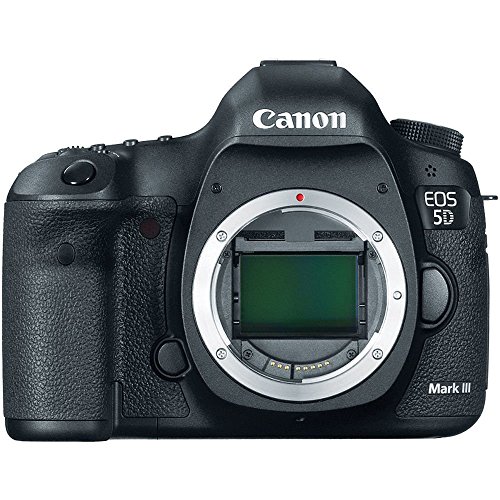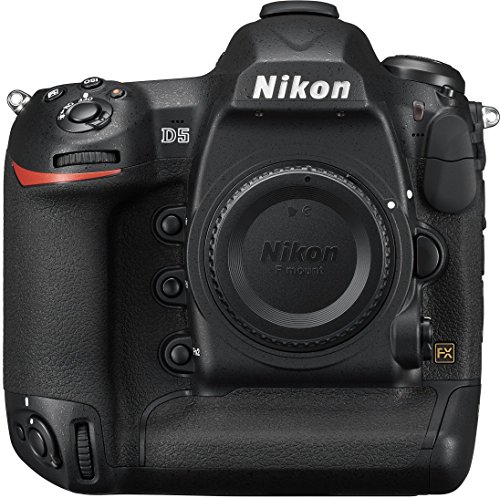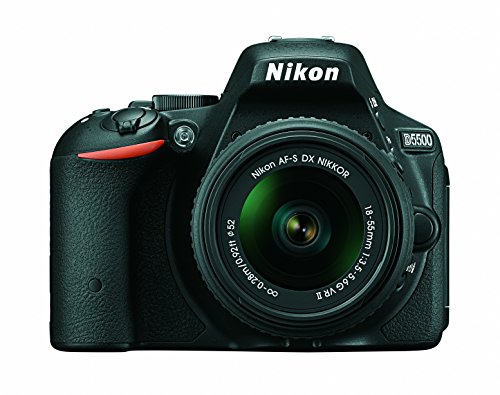Last Updated: February 15th, 2020
As wedding photographers, we’ve been placed in a lot of environments where the light isn’t entirely in our control. There are certainly venues out there that have wide and tall windows that allow in ample sunlight, but other places such as churches, bars, and so on end up poorly lit or just illuminated by warm mood lighting.
Environments like these are often quite beautiful to the naked eye, but not so easy to shoot good photographs in.
If your goal is to just capture the moodiness of a place, those shots tend to be a little easier. But, if you are trying to shoot portraits, a wedding ceremony, or just candid shots of people together – the real challenge we all face as photographers is making sure we are showcasing the people in a good looking image.
Some of the downsides that can come with low light photography when you are not properly equipped to handle these types of environments is images that are too dark or filled with so much grain that they may as well not be used.
Fortunately, regardless of the gear you are currently using, a lot of the techniques for handling low light shooting is similar across the board. The real differentiating factor that comes into play is the quality of the equipment you are using. A $300 camera body, like the Canon Rebel, is actually a pretty good camera when being shot in well lit places – but it really falls short and is practically unusable when placed in really dim lit locations. Low light photography, then, is something that is really best suited for having professional level gear – as the more advanced technology can actually significantly benefit your shooting experience.
With this said, it’s worth noting:
Most modern cameras released within the past few years will be suitable for low light shooting.
The extent of this is usually dictated by the price tag – given that low light shooting is one of the more difficult things for a camera to do (thus requiring better technologies). Still, even consumer level gear around the thousand dollar price point is still miles better than it used to be in this department.
There is often a lot of debate comparing camera’s produced by different brands, and while there are certainly some differences, in the context of low light photography performance – most are pretty comparable. Whether you choose to shoot Nikon, Sony, Olympus, or Canon (like we do) – or some other camera type – the reality of shooting in low light environments is going to end up looking pretty similar.
Note: Contained throughout the rest of this article are referral links to products on Amazon. If you click these links and make a purchase, we receive a commission. This comes at no additional cost to you, and is a great way to support Formed From Light as an educational photography resource.
The Best Cameras for Low Light Photography
Stay tunes: later in this post we break down of each of these so you can see which one works best for you!
What Should I Look for in a Low Light Camera?
Sensor size. Full frame camera bodies have sensors comparable to 35mm film cameras, and as a result make for the best quality low light photographs in the world of digital photography. At it’s core, a camera’s sensor is comprised of light sensitive spots (millions of them!) called “photosites” that are used to record information about what is captured through the lens.
ISO capabilities. Being able to use higher ISO’s when taking photographs in darker environments means that your camera’s sensor is able to become more sensitive to light, resulting in more light reaching the sensor to process a quality exposure. Camera bodies such as those listed in this article are all examples of camera’s capable of handling high ISO’s and still producing quality images.
Open apertures. A quality sometimes overlooked in the search for a good low light performing camera is actually your choice of lens. Many professional prime lenses can shoot at aperture settings as low as f/1.0. Some of our favorite lenses from Canon do this such as the Canon 35mm f/1.4 and Canon 85mm f/1.2. When you are able to shoot wide open, it allows more light to reach the sensor.
These are the primary components of a great camera that can perform well on it’s own in low light situations that we look at ourselves.
Low Light Camera Breakdown
The camera’s we are recommending as quality low light photography cameras stem from our personal experience, and a large number of written reviews and spec charts we have seen.
These are listed from most expensive to least expensive – with the first few recommendations being geared to serious professionals and photo business owners, and the latter being better suited for beginners and hobbyists.
You should know – we are primarily Canon shooters ourselves, and our exposure to other brands is more limited just because we have invested so much money into Canon options. Of course, this should not deter you from checking out other brands for yourself, but it’s just something we wanted to point out in the name of transparency.
1). Canon 5D Mark IV
Our first recommendation is our favorite. One of the reasons we purchased the Canon 5D Mark IV initially was due to it’s low light performance. We have gone on to purchase several of them now, keeping most as secondary bodies when we are shooting. In the world of full frame cameras, it’s hard to go wrong.
2). Canon 5D Mark III
The 5D Mark III is an excellent camera body – and one of the first “professional” level ones we purchased. These days, it is still a great performer when shooting in low light settings. For some, it will likely be preferred over the newer Mark IV model simply because of it’s cost (it’s $1,000+ dollars less). If budget is a factor for you (and it is for most of us), it’s an obvious choice in our books.
In our experience with the 5D Mark III vs. the 5D Mark IV, we do prefer the IV, but the III is still an excellent option.
3). Sony A7S III
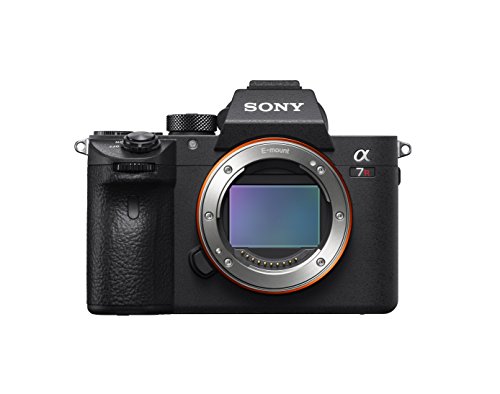
Moving away from full frame camera options, the Sony A7S III has really taken the world by storm in recent years as it is one of the first mirror less camera options out there and has performance on par with the Canon 5D Mark III. Having watched a few side-by-side videos comparing these camera bodies, the differences in the outputted image quality were quite insignificant unless you are a pixel-peeper.
The most amazing thing is that the quality of this camera is so good, yet the cost (at $2,000) is much less than the price tags on many other comparable cameras. There is a lot of flexibility here as well with an adapter to utilize lenses from other brands (such as Canon or Nikon) on it.
4). Nikon D5
We often get lured away from investigating Nikon cameras as there seems to be a pretty steep divide in the photographer community between Nikon and Canon owners. It’s obviously a self-created issue, and maybe one most reserved for gear heads among us – but having looked at the Nikon D5, it is obvious that they are getting something right.
The image quality this camera outputs is stellar, and we have read a lot of positive reviews that specifically praise it’s low light performance (a touted feature) AND it’s auto-focus system. On the latter in particular, this may be the biggest selling point – as even with the Canon 5D Mark IV, we occasionally have missed focus issues, especially in darker environments. The possibility of having a focus system so advanced that it nearly never missed is a pretty compelling argument, and we’ve seen it made by a few people online. For this, you do pay a premium, as it is currently priced over $6,000.
5). Sony A6300
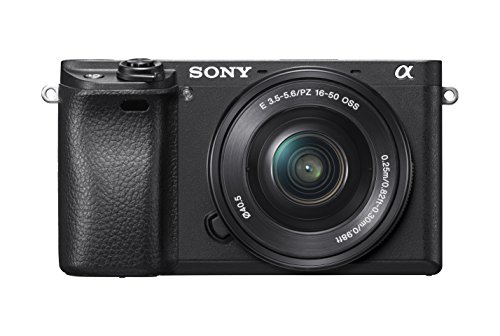
Stepping away from the higher end camera options for a moment, the Sony A6300 is an excellent consumer level camera for low light photography. How Sony manages to create quality cameras, yet keep the price tag fairly low is pretty amazing. For those on a tighter budget or maybe even looking for a light weight camera for taking some travel shots, this looks like a great option!
6). Canon 7D Mark II
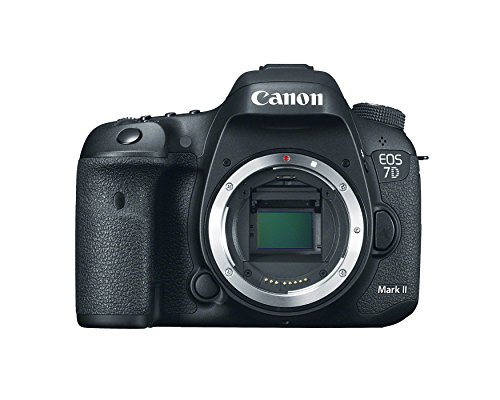
Another budget friendly option, the Canon 7D Mark II is a crop sensor camera body that packs a punch. It is a step up from the Canon Rebel series – which is really for those just starting out with photography. As you require better ISO performance and other features, the 7D Mark II is a $1,000 option that has quality performance that matches it’s price. Of course, you can’t expect the same level of performance you’d get from spending on a camera 4x the cost such as the Mark IV, but if you need an inexpensive low light camera body – this is a good choice.
7). Nikon D5500
The Nikon D5500 is a camera that is less than $700 that has great performance you would expect from a beginners camera. It is still a DSLR, and comes equipped with many of the fundamental features you would find on more expensive models.
8). Olympus OM-D E-M5 Mark II
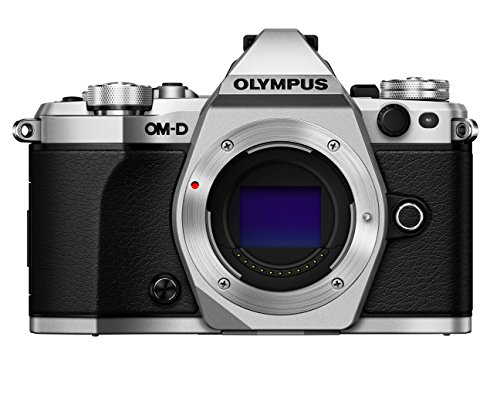
To us, this camera by Olympus is one of the more intriguing on this list because the image quality have a certain feel to them that is pretty distinct and cinematic. Our exposure to the Olympus OM-D E-M5 Mark II began through seeing it’s repeated use by Chris Eyre-Walker, a photographer who is actually sponsored by Olympus and travels the world taking great landscapes and culture photos. The influence of his work on us has been pretty significant over the years, and it’s crazy to think one of his preferred cameras is actually so cheap.
How to Supplement a Low Light Camera
It would be dishonest to suggest that having a good performing low light camera alone will work in all situations.
Don’t get us wrong – it is great to have a camera that is capable of operating well in dim environments, especially when this is sometimes out of our control as professionals (case-and-point: Catholic churches that disallow flash during wedding ceremonies). But, try shooting in a pitch black room, and you’re going to end up having a bad time.
So with this said, when we are able to, we use flash photography and other light sources and methods in order to get the best images possible. Here are some tips:
Flash photography. The most common way to get good quality images is to simply illuminate the subject with a flash (or 2 or 3). While some techniques are certainly for more advanced users, such as shooting with multiple off-camera flash setups, at it’s core taking photos with flash is actually quite easy. On camera flash, in particular, is the most accessible – and we use a whole lot of it ourselves. Some great on camera flashes we recommend (priced lowest-to-highest) include: Yongnuo YN560, Canon Speedlite 600EX-II RT, and Profoto A1. We personally use the Profoto A1 paired with a Profoto B1X off camera mono-light these days.
Video light. Even more simple than flash is simply using a video light. As the name implies, these are most often used by videographers who want a consistent amount of light on their subjects. We sometimes get jealous as this would be easier to use all the time instead of flash, but we have our reasons for preferring flash ourselves – the simplest being it doesn’t distract as much as a video light that is constantly on. Still, it is an option and a popular one at that.
Move to the available light. Instead of a product recommendation this is more of a piece of education for you. Depending on the type of shoot you are doing, you may be able to simply move the shoot into a better lit space. Sure, this is not really an option during the static part of a wedding day or when shooting a sporting event, but in the case of portraits – it is often a preferred option. Most environments with bad lighting we’ve been in have also had good lighting by a window or right outside. The effect speaking up and telling our clients we should just “move over to this window” has been significant for us, even though it might sound like a silly thing. Instead of trying to shoot a portrait at 6,000 ISO, we can light them with natural light and shoot at a much lower ISO – getting a better image in the process.
Conclusion
The available camera options these days for low light photography is pretty staggering. You are sure to find the right fit for your needs!
Hopefully you found this article to be useful to you on your journey. If you have any questions about any of the cameras we looked at here, we’re happy to chat with you in the comments!
